https://www.cellhomology.space/
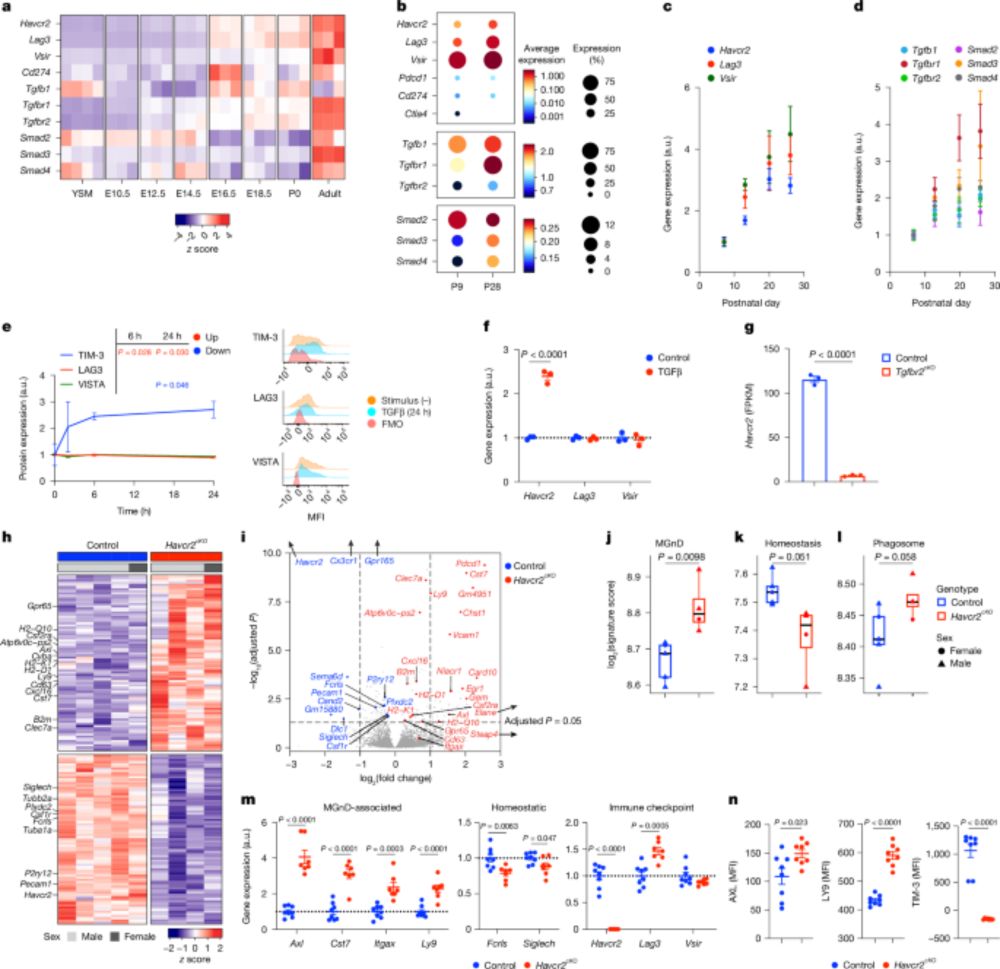
Doctors at @childrensphila.bsky.social used base editing—a tool invented by HHMI Investigator David Liu and his lab at Harvard.

Doctors at @childrensphila.bsky.social used base editing—a tool invented by HHMI Investigator David Liu and his lab at Harvard.
From @kuchroolab.bsky.social and colleagues, co-first authors Kimitoshi Kimura and @ayshwaryas.bsky.social
news.harvard.edu/gazette/stor...
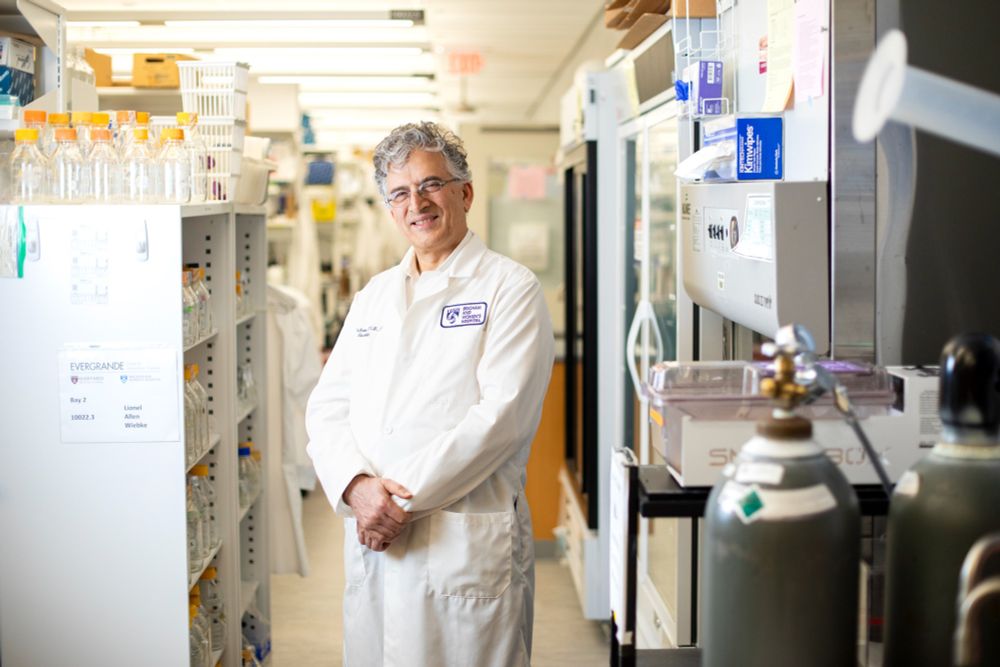
From @kuchroolab.bsky.social and colleagues, co-first authors Kimitoshi Kimura and @ayshwaryas.bsky.social
news.harvard.edu/gazette/stor...


Gag proteins of endogenous retroviruses are required for zebrafish development
www.pnas.org/doi/10.1073/...
Led heroically by Sylvia Chang & @jonowells.bsky.social
A study which has changed the way I think of #transposons! No less! 🧵 1/n
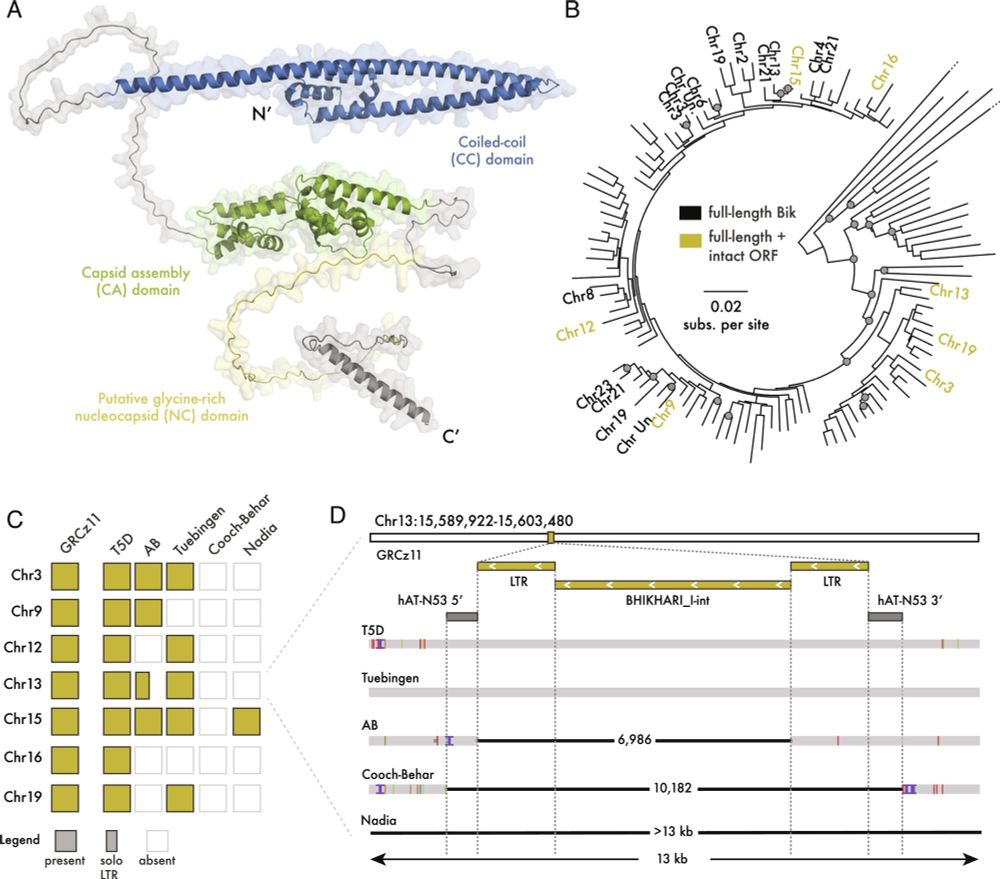
Gag proteins of endogenous retroviruses are required for zebrafish development
www.pnas.org/doi/10.1073/...
Led heroically by Sylvia Chang & @jonowells.bsky.social
A study which has changed the way I think of #transposons! No less! 🧵 1/n
www.nytimes.com/2025/04/18/u...

www.nytimes.com/2025/04/18/u...




www.nature.com/articles/s41...
@nature.com @kuchroolab.bsky.social @ayshwaryas.bsky.social

www.nature.com/articles/s41...
@nature.com @kuchroolab.bsky.social @ayshwaryas.bsky.social
We harnessed a single-cell FM for decoding the long-debated relationship between genome arch. and gene coregulation. 1/
Preprint here: www.biorxiv.org/content/10.1...

We harnessed a single-cell FM for decoding the long-debated relationship between genome arch. and gene coregulation. 1/
Preprint here: www.biorxiv.org/content/10.1...

key point: 2/3rds of TF isos differ in properties like DNA binding & transcriptional activity
many are "negative regulators" & misexpressed in cancer
www.sciencedirect.com/science/arti...
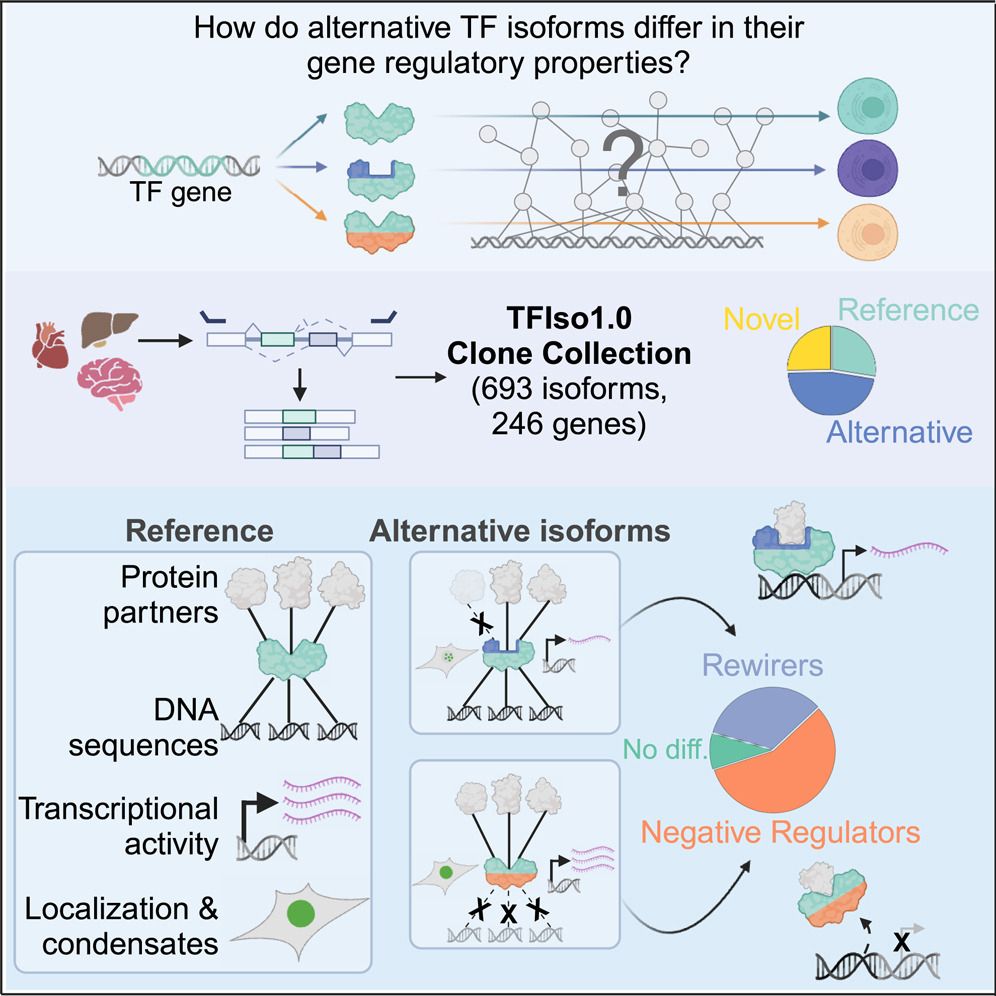
key point: 2/3rds of TF isos differ in properties like DNA binding & transcriptional activity
many are "negative regulators" & misexpressed in cancer
www.sciencedirect.com/science/arti...
"Using our lifecycle-wide single-cell dataset covering 13 age groups over the extent of the human lifespan...."
www.nature.com/articles/s41...
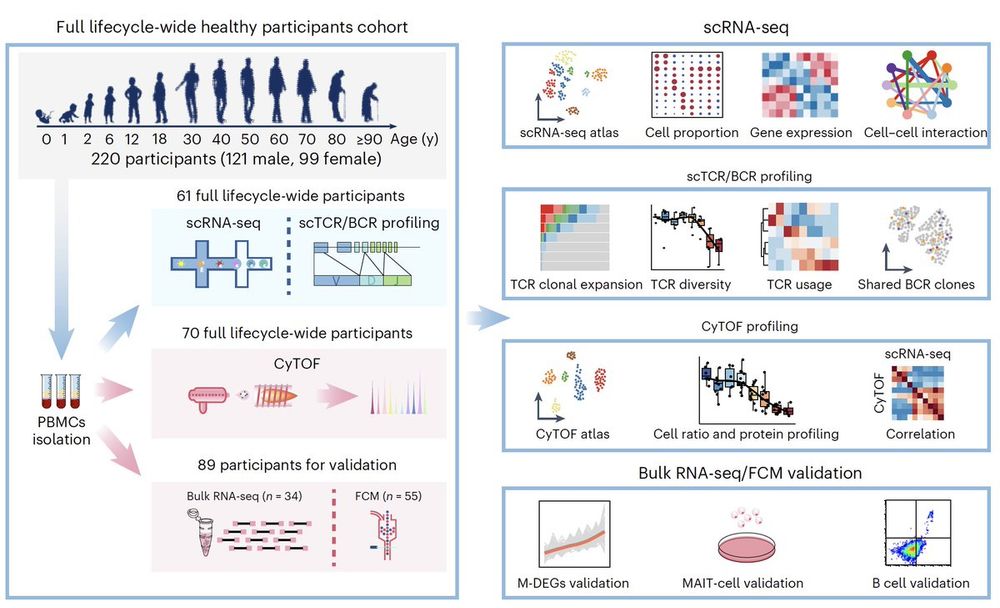
"Using our lifecycle-wide single-cell dataset covering 13 age groups over the extent of the human lifespan...."
www.nature.com/articles/s41...
www.nature.com/articles/s41...
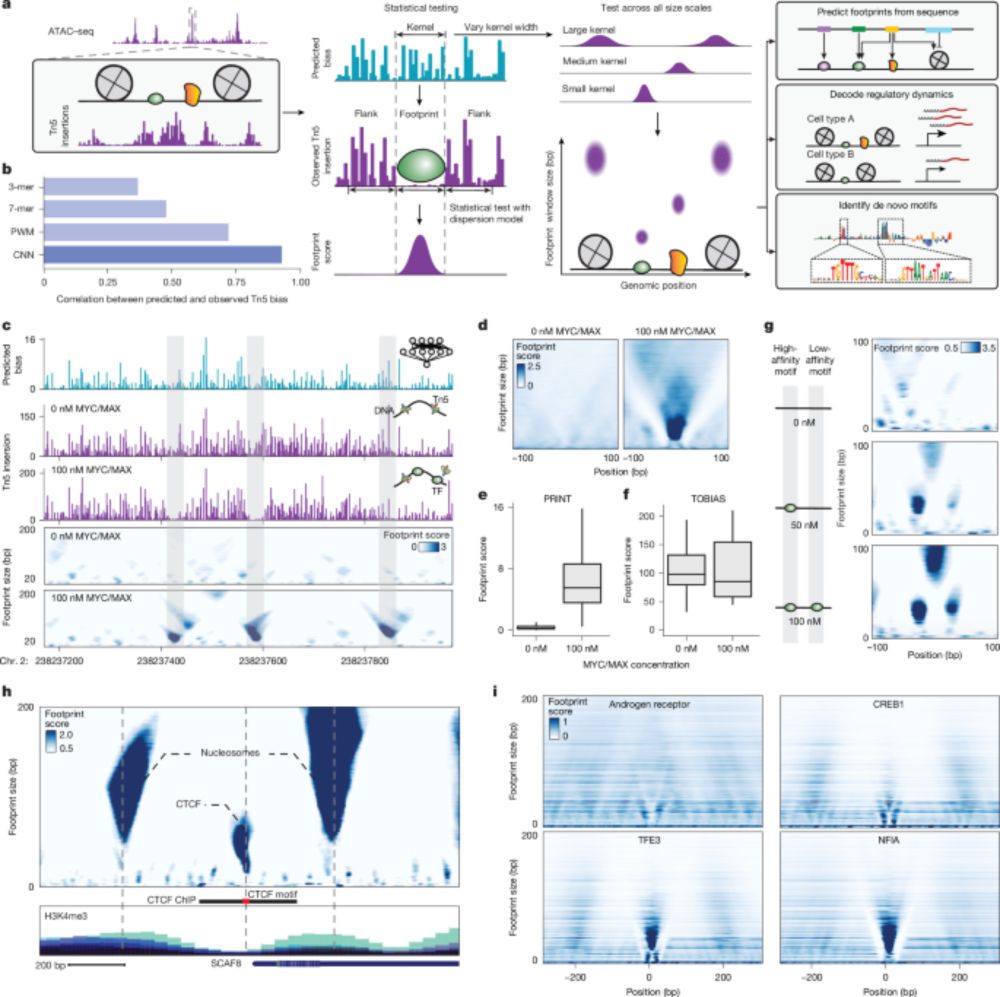
www.nature.com/articles/s41...

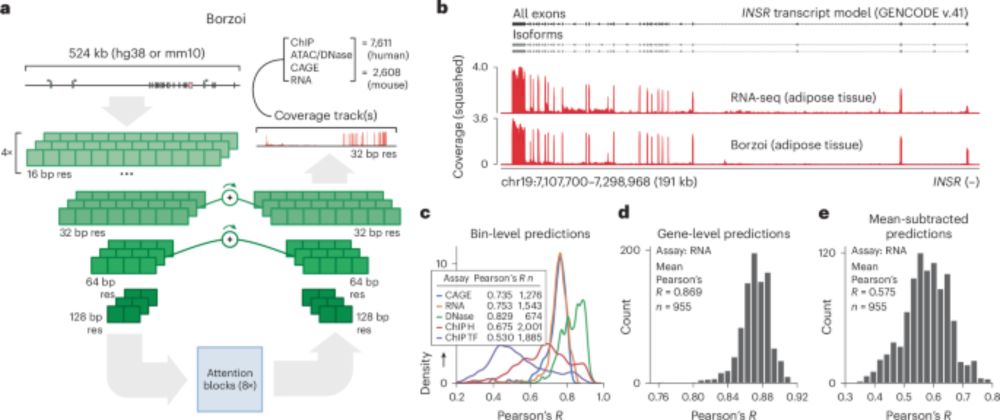
Absolutely stunning bird; lovely call. It always astounds me how something like this can so completely disappear after landing in a tree.
Canon R6mkii + RF100-400mm

Absolutely stunning bird; lovely call. It always astounds me how something like this can so completely disappear after landing in a tree.
Canon R6mkii + RF100-400mm

